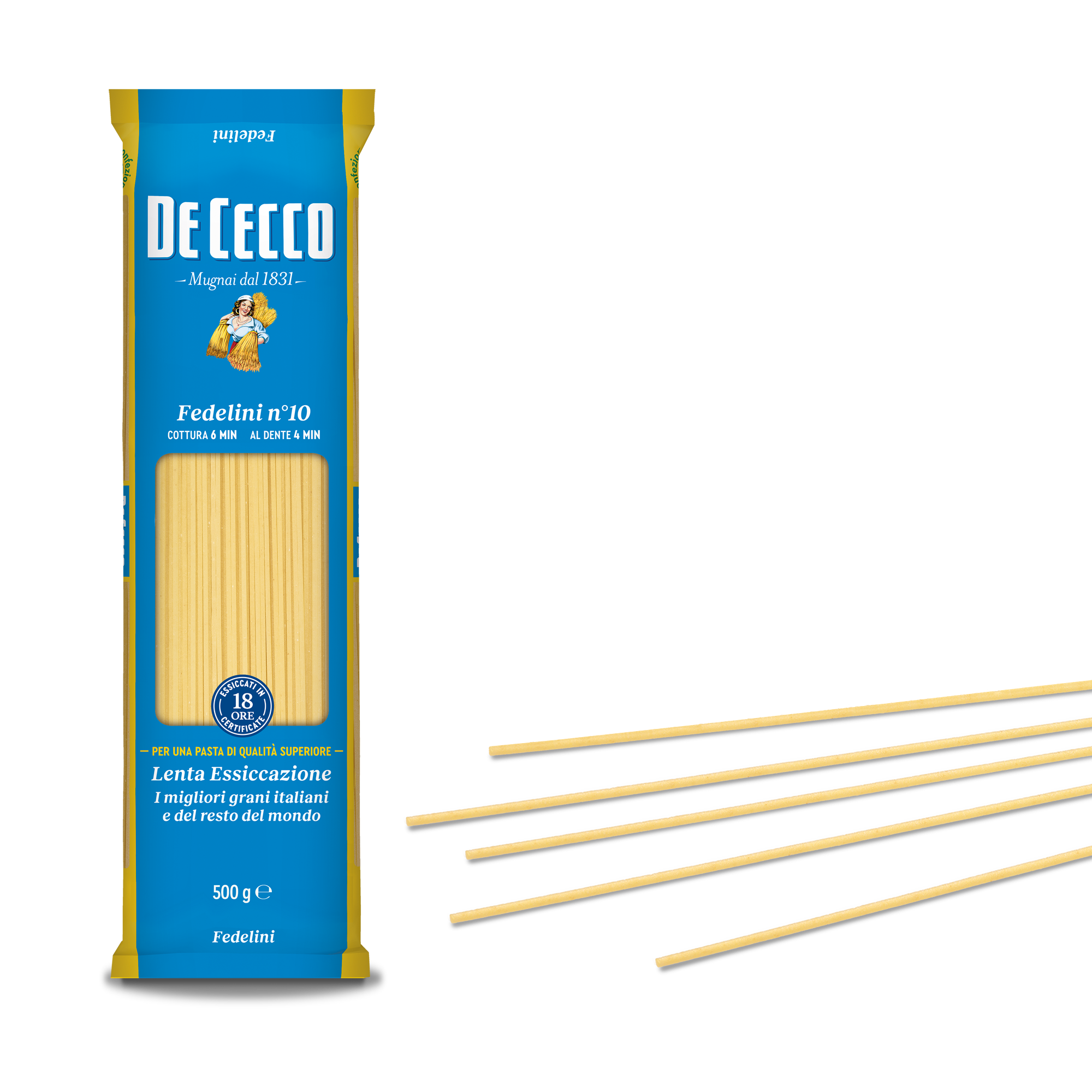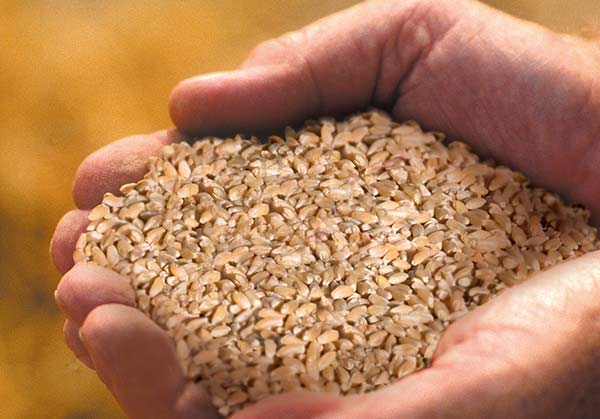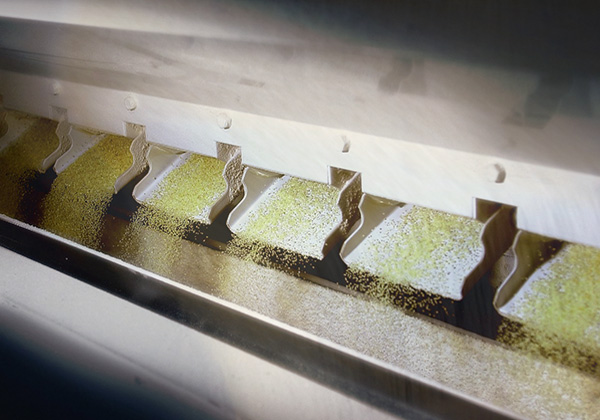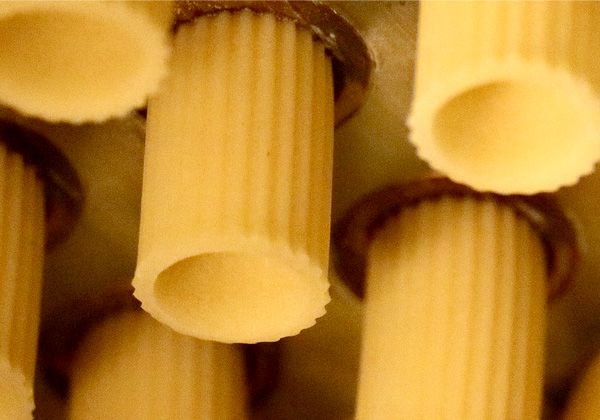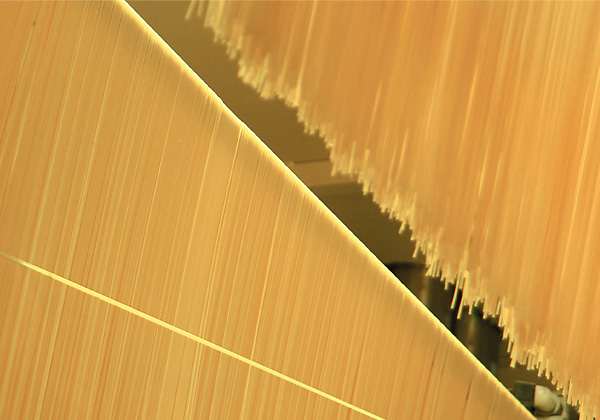Sedani Rigati n° 57
Among the countless versions of maccherone, apparently Sedani were first created in Naples with a smooth shape and the name "denti di elefante" (elephant's tooth), and later acquired the grooved pattern like the ridges on celery, according to some from Tuscany, and the change in the original name.
Sedani Rigati (ridged version) go very well with elaborate condiments such as ragùs made from meat and mushrooms or sausage, but they are equally as good for preparing oven-baked dishes or simply with tomato and basil.
Available in 500g or 3 Kg packs.
- Cooking time: 12 min - Al dente: 10 min
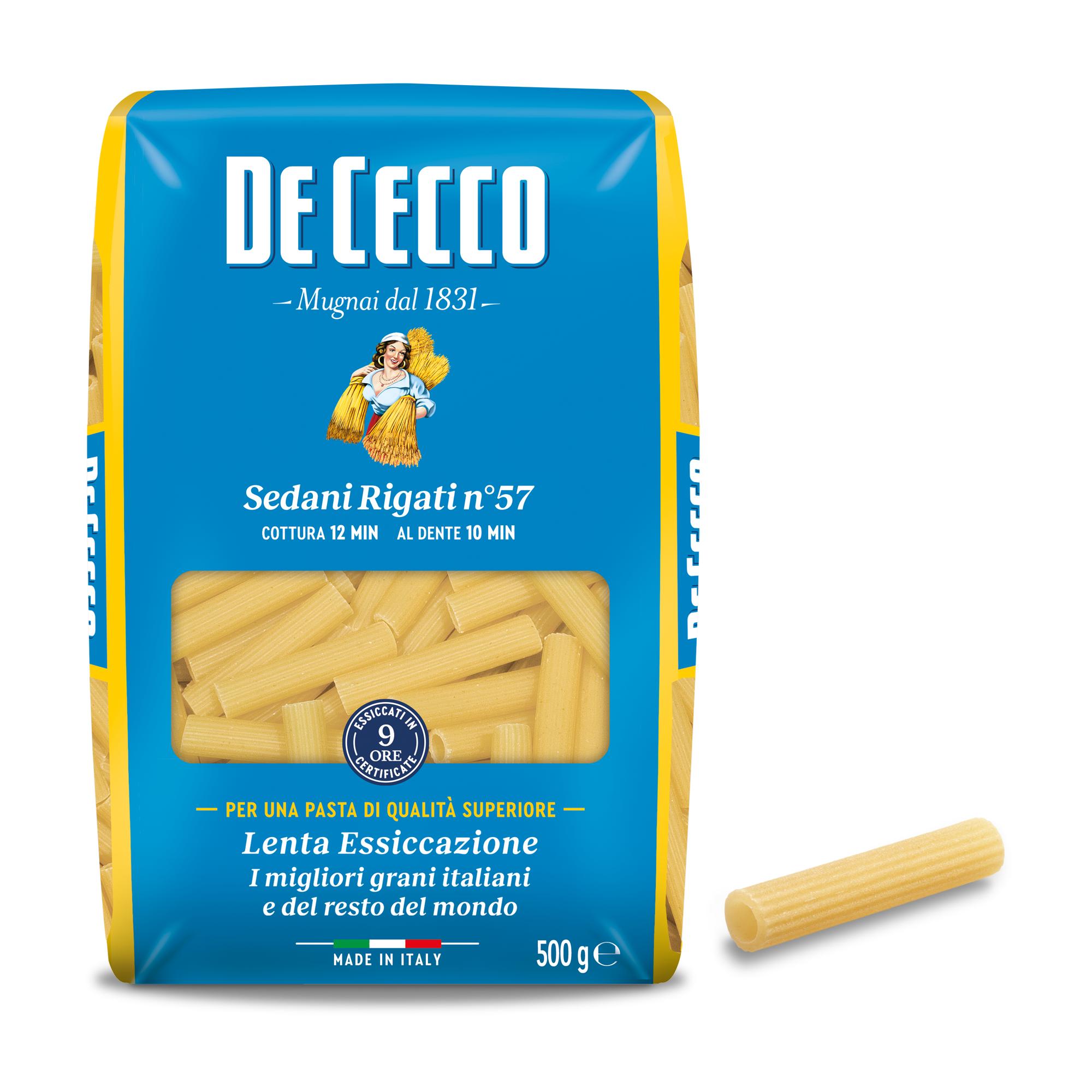
play
Our method
Attention, care, experience, quality at every stage: from our mill to your table.
You may also be interested in
Fedelini n° 10
The origin of Fedelini can be traced back to parts of Liguria and the province of Savona at the beginning of the 14th century with the start of the production of macharoni and tria, also called fidej. They are extremely thin which is how they can still be distinguished from spaghetti.
Simple condiments are recommended for this type of pasta. It is excellent combined with butter dressings, such as uncooked butter and cheese, or melted butter with sage and cheese. Egg or fresh raw tomato based sauces are also excellent. Another way to enjoy Fedelini is in a light, chicken broth. In addition to broths and pasta dishes with sauces, this pasta is also used to prepare oven-baked dishes in the Naples region.
Available in 500g pack.s
Find out more
